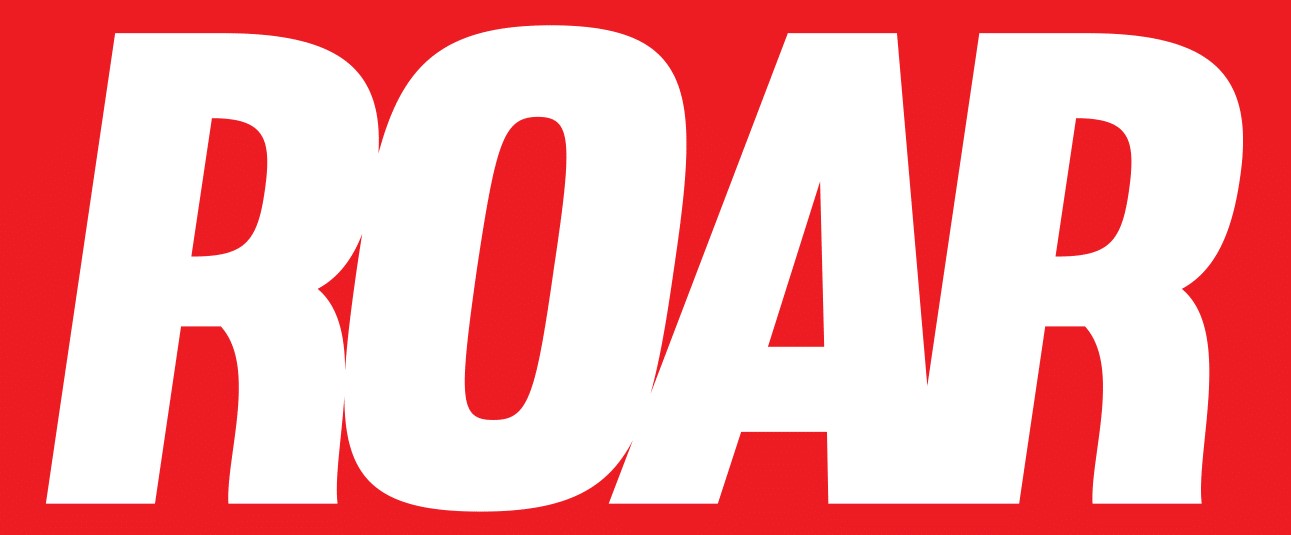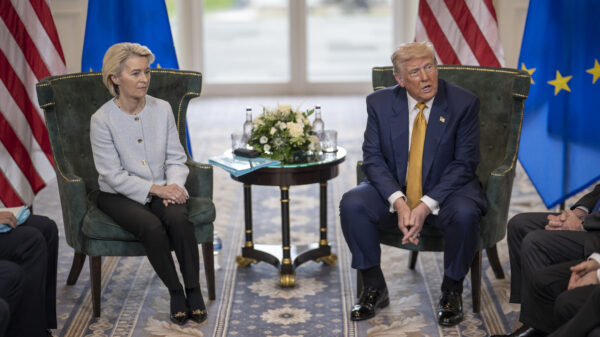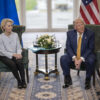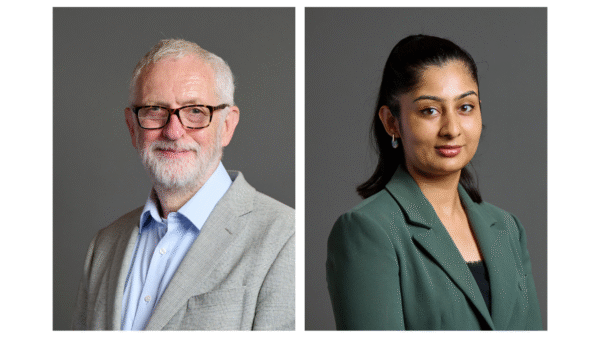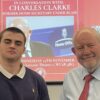Comment Editor Rayhan Hussain examines the ongoing Conservative leadership race at their annual conference, analysing the candidates’ performances, strategies, and what the contest reveals about the party’s future direction in opposition.
At the Conservatives’ first annual conference in 14 years as a party of opposition, the slogan of ‘Review and Rebuild’ reflects the seismic shift the party has witnessed in its fortunes. They were reduced to a rump of 121 MPs at the general election in July. Expectations going into the Conservative Party’s annual gathering in Birmingham this year were of doom and gloom. Yet the current leadership race being front and centre certainly did much to focus the minds of the party faithful.
In what was seen as a crunch moment for the party, the four candidates competing for the Tory leadership were put through their paces by the membership. Whether it was speeches on the main stage, Q&A sessions, touring the various exhibitor stands, or drink receptions, the candidates had maximum opportunity to explain why they are the strongest candidate for what is often described as the worst job in British politics – Leader of the Opposition.
Certainly prior to the conference, the general consensus was that none of the four contenders have got what it takes to go head to head with Sir Keir Starmer. On the tail end, we now have a clearer view of who holds the momentum necessary not just to win over their colleagues in the remaining MP voting rounds – but more importantly the wider Tory membership.
Who are the Leadership Contenders?
Robert Jenrick is the frontrunner among Tory MPs, who is followed closely behind by the former Business Secretary Kemi Badenoch, a woman known for her straight-talking and pulling no punches. Both Jenrick and Badenoch hail from the right of the party, with their rhetoric on issues such as immigration and culture wars courting much controversy.
Then there’s James Cleverly, the former Home and Foreign Secretary seeking to claim the mantle of the one-nation wing of the party – seen as a dependable and stable figure having served under all of the last three prime ministers. Finally, we have Tom Tugendhat – perceived as the underdog of this campaign but a man who proposes a clean break from the ghosts of Tory past and possesses strong support among Young Conservatives, the youth wing of the party.
Since Parliament returned from its summer recess in early September, Conservative MPs have voted to whittle down the candidates from six to four. Next week, on 9 and 10 October, MPs will take part in a further two rounds of voting to narrow the candidates down from four to two. This will be followed by a final vote by party members from 15-31 October via an online ballot. The winner will be unveiled on 2 November, thus underscoring the significance of this year’s conference for influencing the party’s future direction.
There was much debate over whether it was a mistake to allow the Tories to spend so long electing their new leader. This year’s conference was unprecedented in that for the first time, there was no Leader’s Speech. In the interim, Rishi Sunak remains party leader until that new leader is unveiled – and purposefully maintained a low-key profile at the conference. As Labour grapple with their inauspicious start to government, with a messy row over donations and freebies for Starmer and his top team, the Tories should have got their house in order much sooner. As a result, this also means that it will be Sunak and not the new Tory leader at the despatch box responding to Rachel Reeves’ first Budget on 30 October.
To What Extent Has Conference Shifted the Dial?
The result of this year’s unprecedented conference meant that jeopardy and risk were likely occurrences for all four of the contenders. And jeopardy and risk they gleaned in bitesize chunks.
Whether it was Badenoch’s comments on maternity pay which rubbed some Tories up the wrong way – or Jenrick’s claim that UK special forces are “killing rather than capturing” terrorism suspects, which sparked a row with his rival Tugendhat, the various jostling for position created a buzz that made it hard to avoid watching.
In the end, it was James Cleverly who espoused the greatest excitement in the hall when delivering his speech to members – and notably the only contender to use a lectern in a speech that was delivered in a serious and statesman-like tone. Beginning with an apology to members in the room but also with a roving eye on voters watching at home, Cleverly acknowledged the loss of trust in the party as a result of the endless Tory soap opera, psychodrama, infighting, chaos. He quoted his political hero Ronald Reagan, promising the sunlit uplands that the Tories need so desperately to come back from the brink.
Kemi Badenoch delivered a usual barnstorming speech filled with thunderous applause, but ultimately lacked substance or any major policy direction. Meanwhile, Jenrick hammered home his desire to freeze immigration and leave the European Convention on Human Rights (ECHR), yet I’m not so sure whether his repeated promise of a “New Conservative Party” is one which will inspire enormous bouts of optimism.
It will be interesting to see how and whether Cleverly’s galvanising speech to the grassroots translates into an increase in his support in the remaining rounds of the MPs’ voting stage. Remember too, the 121 MPs that the Conservatives retained at the election is so low that each vote matters in the bigger picture. Nevertheless, what difference Cleverly’s standout moment on the main stage makes to the final outcome remains to be seen.
Campaign Tactics and Endorsements
When it comes to the final round of voting by the membership, it is understandable why Jenrick would prefer to face off against either Cleverly or Tugendhat as opposed to Kemi Badenoch. As a candidate on the right, he would be much more likely to win given that the constituency of Tory members generally tend to prefer right-wing candidates. Amid claims from rival camps that Jenrick’s team were lending votes to Cleverly in the remaining MPs stages in order to push Badenoch out of the race early, a source working on Jenrick’s campaign denied this, telling me “we’re running a clean campaign, and we’re there to win.”
There is undeniable nervousness in the Kemi camp about this prospect. At a launch reception for her Renewal 2030 movement, she urged her supporters not to be complacent and do everything in their power to get her to the final two. At this point, it seems that the spot for the right-wing candidate in the final two is all to play for.
Another element of a successful campaign is receiving endorsements from significant high-profile players in Tory politics – which have felt far and few between for the candidates in this race. One former cabinet minister who lost their seat at the election described the leadership contest as a “shitshow,” confirming to me that they were unlikely to publicly endorse a candidate even at the final stage.
Meanwhile, the veteran former cabinet minister Michael Gove told me he would not be publicly endorsing any of the candidates because he perceives his endorsement to be “a drag on their popularity.” He refused to elaborate on what direction he believes the party should now be taking following that disastrous election defeat. Yet given his endorsement for Kemi Badenoch in the 2022 summer leadership election, I find it hard to believe he is not playing some sort of advisory role for at least one of the candidates behind the scenes.
Everything is to Play For
It is easy to forget that there is still under a full month to go of campaigning until the new Tory leader is unveiled. And even by the point of 2 November, the focus of the media will be focused elsewhere; on the rapidly approaching US presidential election, as well as any potential aftershocks of Labour’s first Budget.
One thing I learned from the events of the last week is that the race is still very much wide open. Whilst the conference did not identify a clear candidate who dazzled all as a potential future prime minister – it certainly encapsulated the competitiveness of all the candidates and their broad appeal across the party.
In a snapshot, we witnessed how Kemi is perhaps the most conservative of them all, Jenrick must attempt to keep hold of the momentum he has enjoyed thus far to solidify his place in the final two, and Cleverly wants the party to be more ‘normal’ – which might not actually result in the bore fest it sounds like. It is still conceivable that either Jenrick, Badenoch, or Cleverly could still win this contest.
The next few days and weeks do matter. If SW1 obsessives will claim that Labour’s honeymoon period is over, then the Conservatives’ honeymoon period in opposition is only just beginning.
Rayhan Hussain is the Associate Editor at Roar News, having been the paper’s Comment Editor and Staff Writer between 2023 and 2025. During that time, he studied Politics at King’s College London and is currently undertaking an MA in Government Studies at King’s. Rayhan has also gained experience with The Times and The Telegraph - and recently interned at Edelman, the world's largest communication firm. At Roar, Rayhan has reported on high-profile campus stories, shaped student discourse through his editorial work, and moderated events with prominent journalists.
